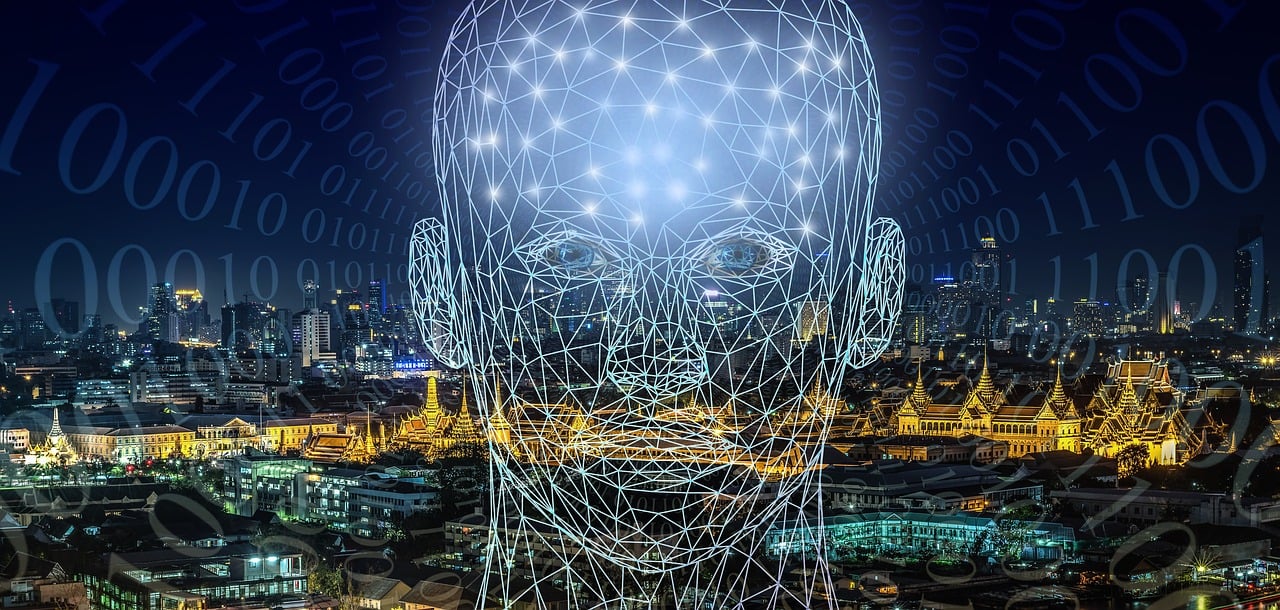
Education is a fundamental right that should be accessible to all individuals, regardless of their background or abilities. In recent years, artificial intelligence (AI) has emerged as a powerful tool that is revolutionizing the education sector. By harnessing the capabilities of AI, education is becoming more accessible and inclusive than ever before. In this article, we will explore the various ways in which AI is reshaping education and promoting accessibility and inclusivity.
Introduction
Artificial intelligence, often referred to as AI, is the application of advanced technologies such as machine learning, natural language processing, and computer vision to simulate intelligent behaviour. In the context of education, AI is used to develop innovative solutions that enhance the learning experience for students and educators alike. One of the primary goals of AI in education is to create personalized learning environments that cater to the unique needs and preferences of each learner.
AI-powered Learning Platforms
AI-powered learning platforms are at the forefront of educational innovation. These platforms utilize AI algorithms to deliver personalized learning experiences to students. Through adaptive assessments, AI systems analyze students’ performance and provide targeted feedback. This enables educators to identify areas where students may be struggling and offer tailored support to help them overcome challenges.
Furthermore, AI-powered platforms offer customized learning paths that adapt to the individual learning pace and style of each student. By personalizing the learning experience, AI enables students to progress at their own speed and focus on areas that require additional attention. This not only enhances their understanding of the subject matter but also promotes self-directed learning.
Language barriers can be a significant obstacle to education, particularly in multicultural and multilingual settings. AI-powered learning platforms address this challenge by providing real-time language translation services. Through the use of natural language processing algorithms, AI systems can break down language barriers and facilitate effective communication and understanding among students and educators from different linguistic backgrounds.
Assistive Technologies
AI-driven assistive technologies play a vital role in making education more inclusive for students with disabilities. Speech recognition and voice assistants, for instance, enable students with speech impairments to interact with educational content using their voices. These technologies also offer voice-controlled learning experiences, allowing students with physical disabilities to access educational resources without the need for manual input.
Text-to-speech and optical character recognition technologies are instrumental in providing accessibility to visually impaired students. By converting text into speech or Braille, AI systems enable visually impaired learners to engage with textbooks, articles, and other printed materials. This empowers them to participate fully in learning, promoting inclusivity and equal educational opportunities.
Intelligent Tutoring Systems
Intelligent tutoring systems powered by AI provide students with individualized guidance and support. Virtual teachers and mentors leverage AI algorithms to understand students’ unique learning styles and adapt their teaching methods accordingly. This personalized approach enhances students’ engagement and understanding of the subject matter.
Real-time feedback and assessment are key features of intelligent tutoring systems. AI algorithms continuously analyze students’ progress and provide immediate feedback, allowing them to track their performance and make targeted improvements. This not only helps students strengthen their knowledge and skills but also fosters a sense of accountability and ownership over their learning journey.
Overcoming Barriers to Education
AI is instrumental in overcoming geographical barriers to education. With the rise of remote learning and online education, students can access educational resources and connect with teachers and peers from around the world. AI-powered platforms facilitate seamless virtual classrooms, enabling collaboration and knowledge sharing across borders. This expands educational opportunities and promotes global connectivity in the pursuit of knowledge.
Furthermore, AI contributes to the reduction of educational costs, making education more affordable and accessible. Open educational resources, supported by AI, provide free or low-cost access to quality educational materials. This allows learners, regardless of their financial circumstances, to access resources that can support their
Summary
Artificial intelligence (AI) is transforming education by making it more accessible and inclusive. AI-powered learning platforms personalize education through adaptive assessments, customized learning paths, and tailored feedback. Language translation and transcription tools break down language barriers, while assistive technologies like speech recognition and text-to-speech make education accessible for students with disabilities. Intelligent tutoring systems provide individualized guidance and real-time feedback. AI also overcomes geographical barriers through remote learning and reduces costs through open educational resources. Ethical considerations, such as addressing bias and ensuring data security, are important in AI education. Overall, AI is revolutionizing education, fostering accessibility and inclusivity for all learners.
